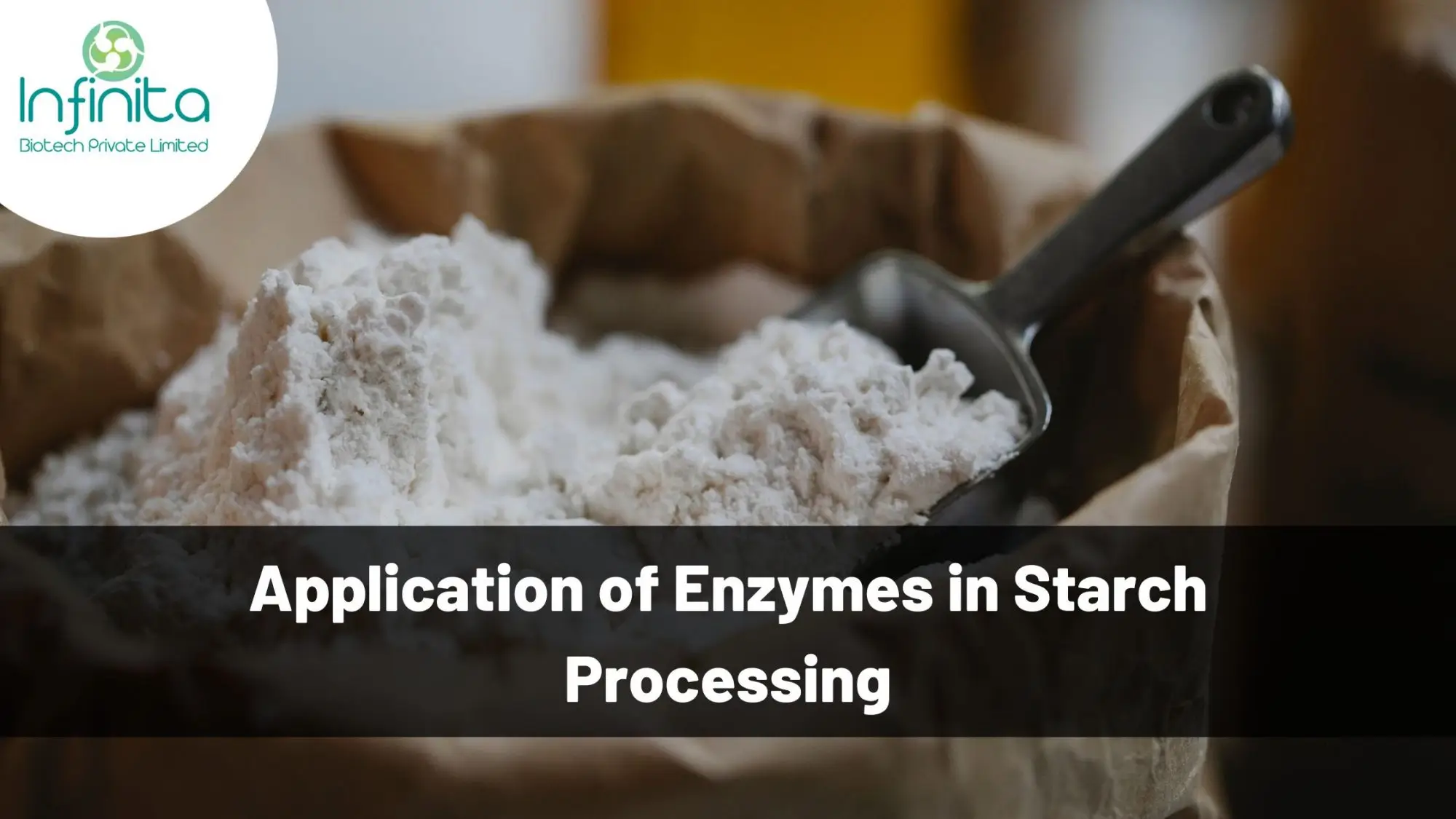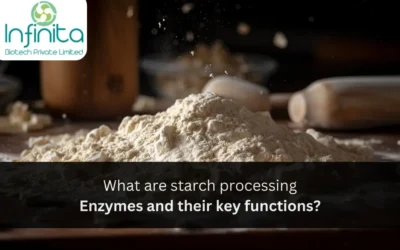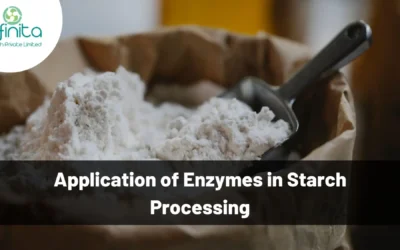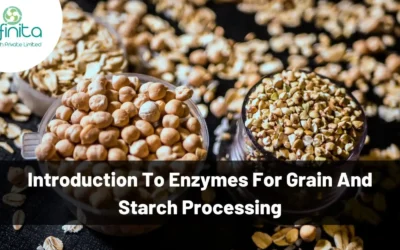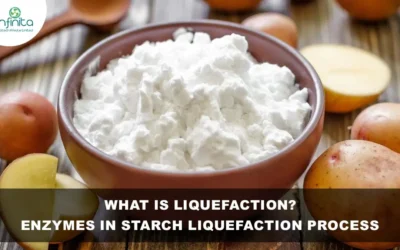Enzymes are proteins that are a constituent of all living beings. They act as catalysts in humans, animals, plants, and microorganisms. Enzymes, as catalysts, are compounds that increase the rate of a chemical reaction in biological systems. However, they get affected by several conditions like pH, temperature and get inhibited by several means. Enzymes are classified into different types depending on the type of reaction that they catalyse and the type of substance they act on.
Importance Of Starch
Starch acts as a major reserve carbohydrate in higher plants and is present as water-soluble granules. Starch is a polysaccharide that is composed of amylose and amylopectin. Amylose is a linear polysaccharide, whereas amylopectin refers to a branched polysaccharide. Both these polymers vary in their structural as well as physical properties. The agricultural biomass consisting of starch is used in the form of a potent substrate to produce several essential bioactive compounds or products such as gaseous or liquid fluids, chemicals, and feed proteins by using wheat, rice, oats, corn, cassava and potato as vital substrates.
Starch is an essential constituent of the human diet and is also used chemically and enzymatically after processing into several kinds of products like glucose syrups, starch hydrolysates, fructose, cyclodextrins or maltodextrin derivatives, and the food industry.
Industrially, starch is used to produce several different compounds. Some of these compounds are made by different chemical methods whereas others are produced by enzymes. The enzymes in starch processing are categorized into two different groups depending on their operation. The first group is known as hydrolases that hydrolyse the glycosidic bonds with the help of water as endo and exo. The second group is known as glucanohydrolases that break one glycoside α-1.4 bond and produce new glycoside α-1,4 or α-1,6 linkages.
Methods of Starch Processing
There are several different methods for extracting starch. Every method comes with a different efficiency of extraction and the starch which is obtained also has different practical properties.
During the process of extraction, damaging the starch molecule occurs at the crystalline phase and hence, depolymerising it is not desirable.
The most common method to extract starch is the grinding of soaked raw substances to break the wall of the cells, separating the substances by different sized sieves, and then separating the starch from its slurry by centrifuges or decanters.
In the other method, the process of fractionation is used to separate the starch from protein. In this method, grinding is carried out for the dry substances and later air is used to separate starch. This method is much efficient and easier since there is no movement involved to move plenty amount of starch solution. However, the starch produced this way possesses weaker practical properties when compared to the starch obtained through the moist method.
In some methods, alkalis are used to solubilize protein and extract starch. The starch produced through this method consists of the highest purity but when compared to the one produced via the moist method, it possesses a lower pasting temperature and a higher pasting viscosity.
Types of Enzymes in Starch Processing
Since the starch polymer comes with a complex structure, a combination of several enzymes is required to decompose it into smaller parts or transfer the oligo glycosidic bonds or create new bonds. The essential enzymes that are typically used in the biotechnology field and several starch processes are known as amylases.
The different kinds of enzymes in starch processing and their applications are given below:
| Application | Enzymes |
|---|---|
| Starch liquefaction | α-amylase |
| Starch saccharification | α-amylase, glucoamylase, isoamylase, pullulanase, and maltogenic amylase |
| Baking industry | α-amylase |
| Anti-staling | α-amylase, β-amylase, glucoamylase, pullulanase, branching enzymes, debranched enzymes, maltogenic amylase, and cyclodextrin glucanotransferases |
| Production of cycloamylase | α-glucanotransferases |
Typically, the starch effective enzymes are divided into four different groups:
- Endo-amylases
- Endo-amylases break the α-1,4 glucosidic bonds that are a constituent of the inner part of either the amylose or the amylopectin chain. Amongst all these enzymes, there exists α-amylase that randomly breaks glycosidic bonds. However, when it reaches the α-1,6 linkages, all these operations are stopped. In this manner, they tend to produce branched and linear oligosaccharides as well as α-limit dextrins.
- Exo-amylases
- Exo-amylases contain glucoamylase and α-glucosidase that break the α-1,4 and the α-1,6 bonds between the glycosides of the non-reducing end of amylopectin and amylase. Hence, they produce maltose as well as β-limit dextrins.
- De-branched Enzymes
- De-branched enzymes tend to catalyse the hydrolysis of α-1,6 bonds and separate the amylopectin branches. This tendency of the de-branched enzymes makes them different from the other hydrolytic enzymes since the main point of the other hydrolytic enzymes is α-1,4 bonds.
- α-Glucanotransferases
- Glucotransferases or α-glucanotransferases are not involved in hydrolysing the starch molecules as amylases. They instead break some parts of the amylose and amylopectin molecules and then make newer bonds again.
Enzymes such as α-amylase and glucoamylase are widely used on a larger scale, while the rest are used on a smaller scale. However, producing sweeteners is amongst the most common applications of these enzymes.
Several other compounds produced through these enzymes have functional properties and their uses would have a wide potential influence on health.
